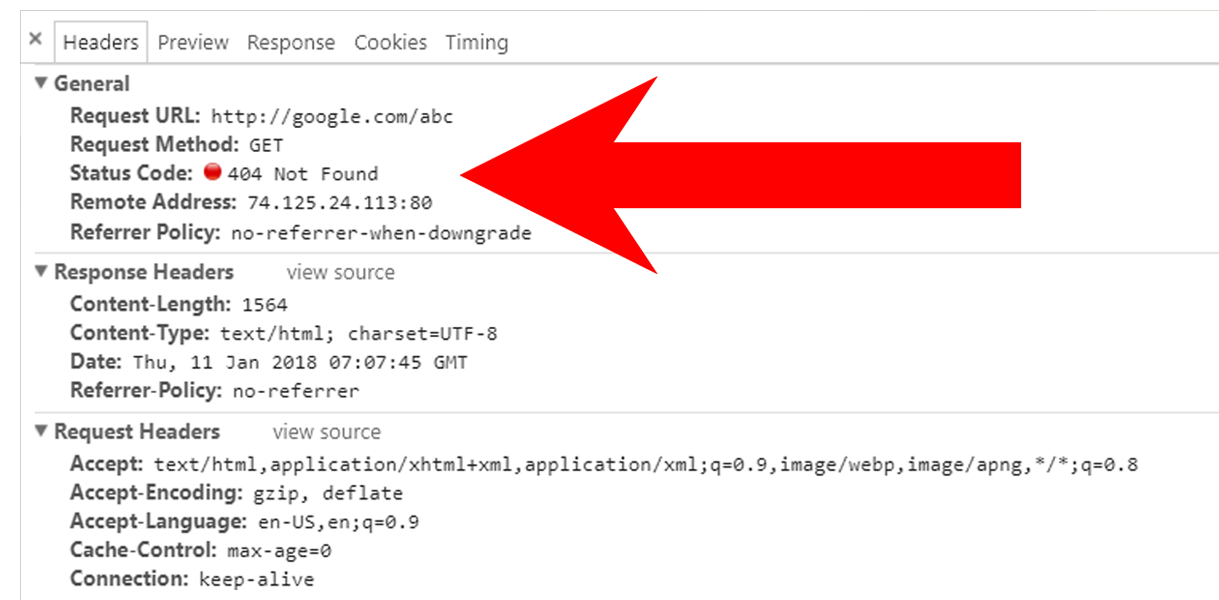Those who frequently browse the web, should at least encountered the dreaded and the notorious "404 Not Found."
404 is an HTTP status code. Every time someone visits a web page, the browser is requesting data from a server. But before the web page can be displayed, the web server has to send the HTTP header first, which contains the status code of the said page.
For a normal web page, the status is "200 OK". Visitors of the web that see a web page up and running, won't see this status code because the server proceeds by sending the visitor the contents of the requested page.
Status codes are only visible when errors happened.
And here, the most notorious, is the 404.

HTTP status codes were first established by the World Wide Web Consortium (W3C) in 1992, as a part of the HTTP 0.9 spec. They were defined by the World Wide Web inventor Tim Berners-Lee.
He based the HTTP status codes on FTP status codes, which were already well established by 1990.
"When you write code for a new system, you don’t waste too much time writing long messages for the situations in which you detect an error,” said Robert Cailliau, a pioneer of the World Wide, with Berners-Lee, of the hypertext structure that led to the web.
Memory was at the time a large issue, and long messages were seen as impractical.
So the solution was straightforward: designate numerical ranges for error categories. And this was done, in Cailliau’s telling, "according to the whims of the programmer."
Not long after it appeared, the 404 error code began to enjoy, and at the same time, endure, its share of popularity.

As internet usage grew, so did the the number of 404s. For this reason, it quickly became a shorthand for anything that was missing, from keys to prison escapees. it also became a meme and a punch line, all with bad puns.
The error has been printed in comics and even on clothing, showing the part of a nerdy humor, and how in fact that internet has become part of people's digital life.
It's like saying 404 as a universal way of showing emotionally pure disappointment, the announcement of an unanticipated problem. It’s also a reminder that technology, including the web in particular, is created and populated by humans.
The web is like a network filled with unidirectional hypertext populated by broken links, corrupted image files, and incomplete data.
And here, 404 that has firmly cemented itself into the mainstream, is clearly showing that the web has flaws.